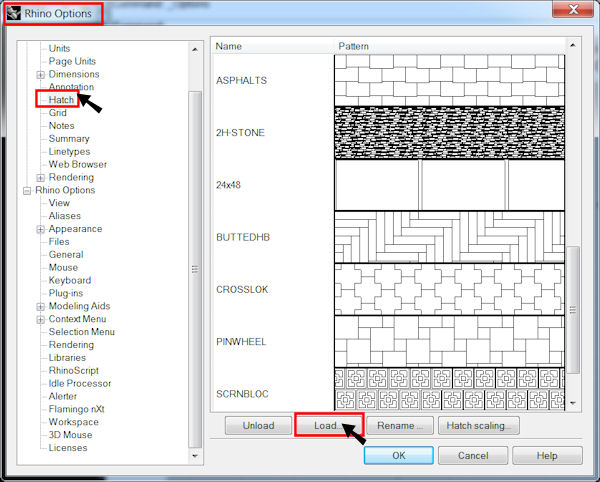Rhino Drawing Program For Mac
Posted : admin On 27.12.2018Rhino for Mac offers a compelling 3D modeling experience for designers who prefer to work in the Mac environment. Its hybrid solid+surface modeling toolset is powerful yet flexible. Along with a few third-party plugins, Rhino's built-in features make tasks like 3D printing and laser cutting easy and intuitive. Introduction to Layouts in Rhino 5. This can be also be used with. The task of arranging multiple views of the model on a title block was done outside of Rhino with other CAD software. Rhino 4 added the Layout space, and Rhino 5 improves it in the following ways: New commands. Draw Order controls the order the Detail Views are drawn in a.
As a student, you will probably want both. There is very little overlap between the two.
Rhino is a 3D modeling tool that really kills competition in creating smooth blobism. Autocad is/was de facto tool every office in universe uses for anything from modeling to creating construction documents. It's being replaced by Revit in offices. I see no use whatsoever for a student to work in revit. Anyone else is free to correct me.

I also have no clue as to what Rhino benefit is outside of creating mostly unbuildable objects. I replied because I usually feel bad for buried questions noone bothered to respond to. You'll need both in my opinion. In school (just graduated) I would use Rhino most of the time and then occasionally jump into Autocad for some 2d work. I would also create some 2d drawings in Rhino also. Windows downloads for mac free.
The benefit of Rhino is that you can create almost anything you can conceive of, you won't be as limited by what the program can or cannot do. I found Revit frustrating and generally not compatible with being creative although BIM is a time saver and keeps things organized. I think there is a Rhino Structure now that has some BIM capabilities but not sure. I don't know if I'd agree with the lack of overlap between the two. Autocad and Rhino aren't all that different to learn; once you've learned the processes and concepts of one one (at least through using typed commands), the other becomes easier.
I learned AutoCAD in R12 (hooray DOS), and was able to easily alias similar Rhino commands/shortcuts to be more AutoCAD-like (in addition to having all the great object-manipulation and analysis tools and whatnot). I think it could work the other way as well, at least for basic things. IIRC, Rhino was created by a former Autodesk distributor, and it actually seems a lot closer in many ways to AutoCAD than other modeling programs I've tried (Max? Even Sketchup?).
Vector Drawing Program For Mac
They have their different strengths; AutoCAD is stronger in annotation systems and layouts, while Rhino is a lot stronger and more flexible on the modeling end. Plus, scripting in Rhino seems to be a lot more powerful and easier (VBscript isn't that hard to learn, and if you'd rather not learn it there's Grasshopper) - this can save you tons of time, and is probably the more valuable skill set to have in terms of where things are going. Ultimately, you'll want both (as well as BIM, which is conceptually different); fortunately, you'll have a lot of flexibility to use all of them in one capacity or another, and figure out which works best for what you're doing. If you're starting from scratch, there's quite a bit of overlap of concepts, so learning one will probably help you in the other(s). I use autocad [or, more often Microstation these days] for 2d and Rhino for 3d. There is complete interoperability between the twain.